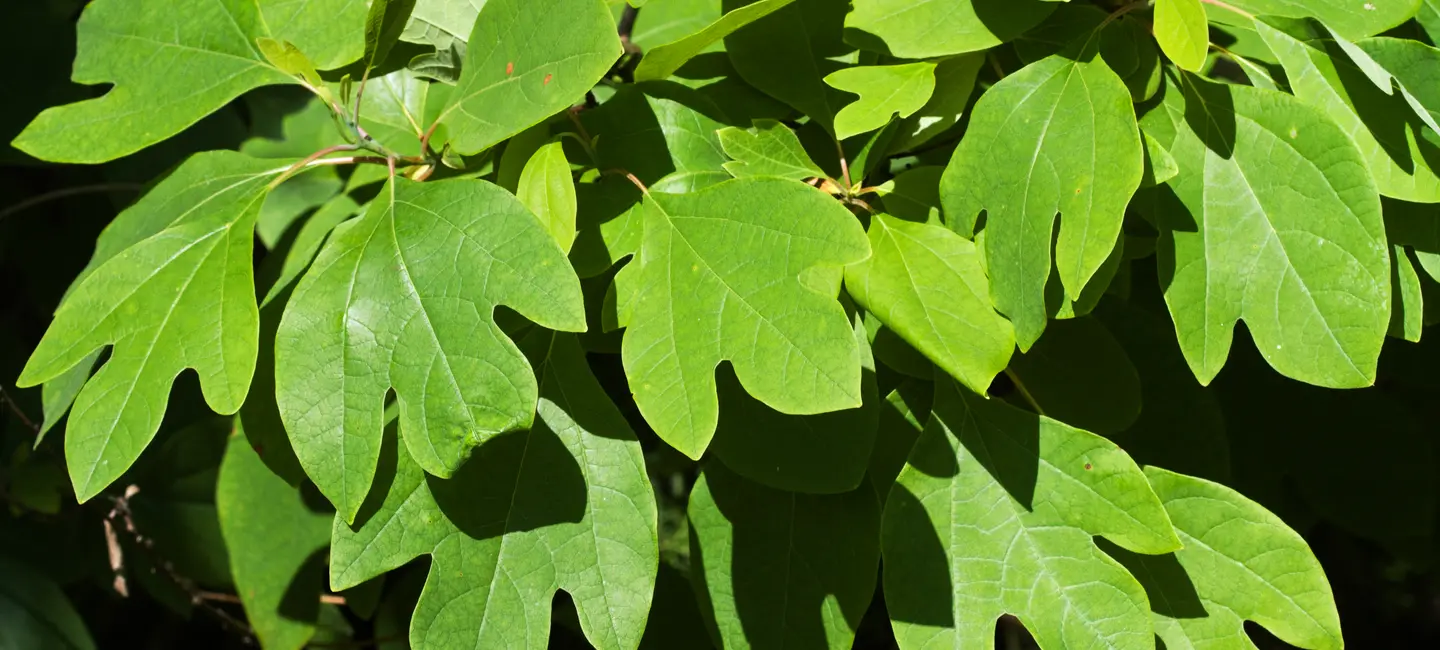
Sassafras is a plant. The root bark is used to make medicine.
Despite serious safety concerns, people use sassafras for many conditions, but there is no good scientific evidence to support these uses.
In beverages and candy, sassafras was used in the past to flavor root beer. It was also used as a tea. But sassafras tea contains a lot of safrole, the chemical in sassafras that makes it poisonous. One cup of tea made with 2.5 grams of sassafras contains about 200 mg of safrole. This is about 4.5 times the dose that researchers think is poisonous. So, in 1976, the US Food and Drug Administration (FDA) ruled that sassafras could no longer be sold as sassafras tea.
Is It Effective?
NatMed Pro rates effectiveness based on scientific evidence according to the following scale: Effective, Likely Effective, Possibly Effective, Possibly Ineffective, Likely Ineffective, Ineffective, and Insufficient Evidence to Rate.
- Urinary tract problems.
- Gout.
- Arthritis.
- Skin problems.
- Eye swelling.
- Sprains.
- Insect bites and stings.
- Purifying the blood.
- Other conditions.
More evidence is needed to rate the effectiveness of sassafras for these uses.
Is it Safe?
There isn't enough information available to know how sassafras works.
When taken by mouth: Sassafras is POSSIBLY SAFE in foods and beverages if it is "safrole-free." In medicinal amounts, taking safrole-free sassafras is POSSIBLY UNSAFE. Some scientists think even safrole-free sassafras can increase the risk of cancer. Sassafras containing safrole is LIKELY UNSAFE in the amounts found in medicine. Don't take it by mouth. The safrole in sassafras root bark and oil can cause cancer and liver damage. Consuming just 5 mL of sassafras oil can kill an adult. Sassafras can cause sweating and hot flashes. High amounts can cause vomiting, high blood pressure, hallucinations, and other severe side effects.
When applied to the skin: Sassafras containing safrole is LIKELY UNSAFE for use as a medicine. Don't put it on your skin. The safrole in sassafras root bark and oil can cause cancer and liver damage. It can cause skin rashes in some people when used on the skin.
Special Precautions & Warnings:
It is UNSAFE for anyone to use sassafras in medicinal amounts, but some people have extra reasons not to use it:
Pregnancy and breast-feeding: Sassafras is LIKELY UNSAFE if you are pregnant. There is evidence that sassafras oil might cause a miscarriage. There isn't enough reliable information to know if it is safe to use when breast-feeding. Stay on the safe side and avoid use.
Children: Sassafras is LIKELY UNSAFE for children. A few drops of sassafras oil may be deadly.
Surgery: In medicinal amounts, sassafras can slow down the central nervous system. This means it can cause sleepiness and drowsiness. When combined with anesthesia and other medications used during and after surgery, it might slow down the central nervous system too much. Stop using sassafras at least 2 weeks before a scheduled surgery.
Urinary tract conditions: Sassafras might make these conditions worse.
Sedative medications (CNS depressants)
Interaction Rating=Moderate Be cautious with this combination.
Sassafras might cause sleepiness and drowsiness. Medications that cause sleepiness are called sedatives. Taking sassafras along with sedative medications might cause too much sleepiness.
Some sedative medications include clonazepam (Klonopin), lorazepam (Ativan), phenobarbital (Donnatal), zolpidem (Ambien), and others.
Herbs and supplements with sedative properties: Sassafras might cause sleepiness and drowsiness. There is a concern that if it is used with other natural products that have this same effect, it might cause too much sleepiness. Some of these products include 5-HTP, calamus, California poppy, catnip, hops, Jamaican dogwood, kava, St. John's wort, skullcap, valerian, yerba mansa, and others.
Herbs that contain a chemical called safrole: Sassafras contains safrole, which can be poisonous if taken in large enough amounts. Taking sassafras along with other herbs that also contain safrole might increase the chance that you will get a poisonous amount of safrole. Other herbs that contain safrole include basil, camphor, cinnamon, and nutmeg.
There are no known interactions with foods.
The appropriate dose of sassafras depends on several factors such as the user's age, health, and several other conditions. At this time there is not enough scientific information to determine an appropriate range of doses for sassafras. Keep in mind that natural products are not always necessarily safe and dosages can be important. Be sure to follow relevant directions on product labels and consult your pharmacist or physician or other healthcare professional before using.
Ague Tree, Bois de Cannelle, Cinnamon Wood, Common Sassafras, Kuntze Saloop, Laurier des Iroquois, Laurus albida, Saloop, Sasafras, Sassafrax, Sassafras albidum, Sassafras officinale, Sassafras variifolium, Saxifrax.
Information on this website is for informational use only and is not intended to replace professional medical advice, diagnosis, or treatment. While evidence-based, it is not guaranteed to be error-free and is not intended to meet any particular user’s needs or requirements or to cover all possible uses, safety concerns, interactions, outcomes, or adverse effects. Always check with your doctor or other medical professional before making healthcare decisions (including taking any medication) and do not delay or disregard seeking medical advice or treatment based on any information displayed on this website.
© TRC Healthcare 2024. All rights reserved. Use and/or distribution is permitted only pursuant to a valid license or other permission from TRC Healthcare.
